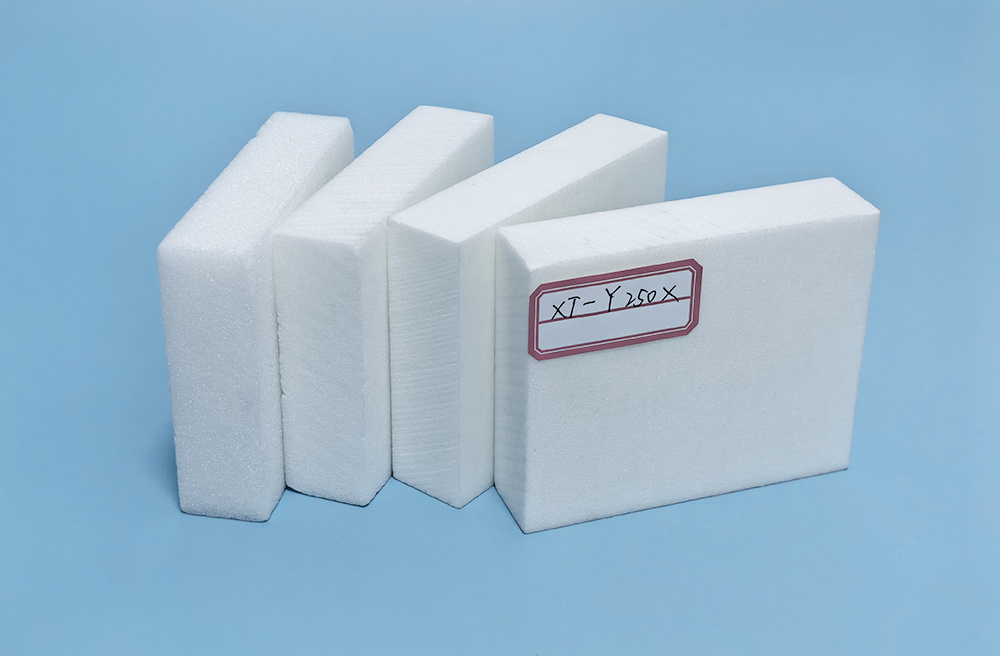
Revolutionizing Composites: Breakthroughs in PMI Foam Technology
Polymethylmethacrylimide (PMI) foam has long been a cornerstone material in high-performance composites, celebrated for its exceptional strength-to-weight ratio, high stiffness, and excellent fatigue resistance. Primarily used as a core material in sandwich structures, PMI foam empowers industries from aerospace and automotive to wind energy and medical technology. However, the world of materials science is never static, and recent technological advancements are pushing the boundaries of what PMI foam can achieve, opening up new applications and enhancing existing ones.
One significant area of progress lies in enhanced processability and compatibility with various resin systems. Historically, PMI foam has been known for its excellent thermal stability, allowing for high-temperature curing processes. However, newer formulations are being developed to improve compatibility with a wider range of high-performance resins, including epoxy, bismaleimide (BMI), and even polyimides. This improved compatibility is crucial for achieving optimal adhesion between the foam core and composite skins, leading to stronger, more reliable structures. Additionally, advancements in surface treatment technologies for PMI foam are further boosting interfacial bond strength, minimizing the risk of delamination in demanding applications.
Another exciting development is the introduction of functionally integrated PMI foams. Beyond its structural role, researchers are exploring ways to embed additional functionalities directly into the foam itself. This includes the integration of sensors for structural health monitoring, allowing for real-time assessment of component integrity and potential damage detection. Imagine an aircraft wing with an integrated PMI foam core that can actively report its stress levels or detect micro-cracks before they become critical. Furthermore, some advancements include the incorporation of electromagnetic shielding capabilities, making PMI foam suitable for sensitive electronic enclosures where signal integrity is paramount. These multi-functional foams offer significant advantages in terms of weight reduction and simplified manufacturing processes by eliminating the need for separate sensor or shielding layers.
The pursuit of improved mechanical properties at extreme temperatures continues to drive innovation in PMI foam. While PMI foam already offers excellent thermal stability, ongoing research is focused on developing variants that can withstand even higher temperatures, particularly for next-generation aerospace and defense applications. This involves exploring novel polymer chemistries and blending techniques to enhance the glass transition temperature (Tg) and thermal oxidative stability of the foam. Such advancements are crucial for components exposed to harsh thermal environments, ensuring long-term performance and safety.
Furthermore, advances in manufacturing techniques are making PMI foam more accessible and cost-effective. High-speed manufacturing processes, such as continuous foam production lines, are being optimized to increase output and reduce production costs, making PMI foam a more competitive option for mass production. Automated cutting and shaping technologies are also contributing to greater precision and reduced material waste, leading to more sustainable manufacturing practices. These manufacturing efficiencies are vital for expanding the adoption of PMI foam across various industries.
Finally, the focus on sustainability and recyclability remains a key driver in PMI foam development. While current direct recycling methods are limited, ongoing research is exploring advanced chemical recycling processes to depolymerize PMI foam back into its constituent monomers, enabling a true circular economy. Additionally, efforts are being made to develop bio-based or partially bio-based PMI foam precursors, further reducing the reliance on petrochemicals and minimizing the environmental footprint throughout the product lifecycle.
In conclusion, the landscape of PMI foam technology is rapidly evolving, driven by the demand for higher performance, greater functionality, and enhanced sustainability. From improved resin compatibility and integrated sensing capabilities to advancements in high-temperature performance and eco-friendly manufacturing, these breakthroughs are not only solidifying PMI foam's position as a leading core material but also opening up entirely new possibilities for its application in the next generation of advanced composites. The future of PMI foam is undoubtedly one of innovation and expanded utility.

Polymethylmethacrylimide,PMI Foam
Latest News
Previous Page




